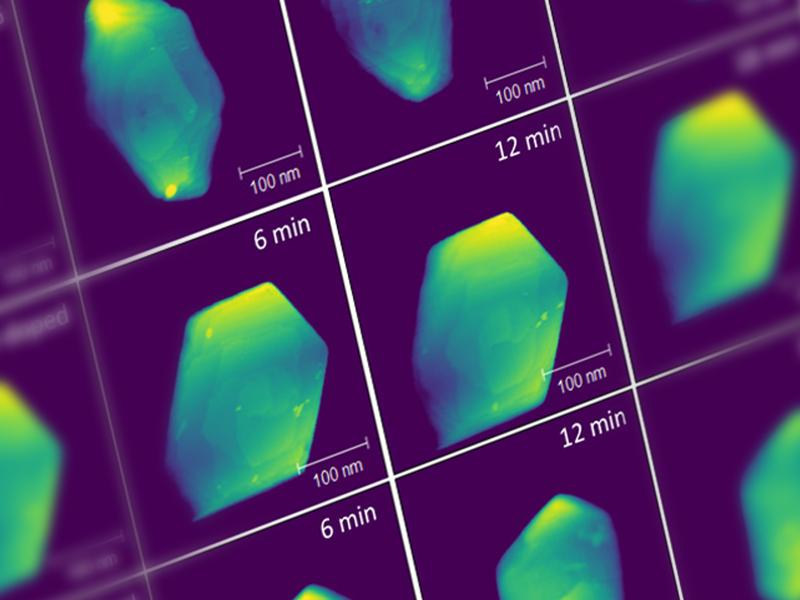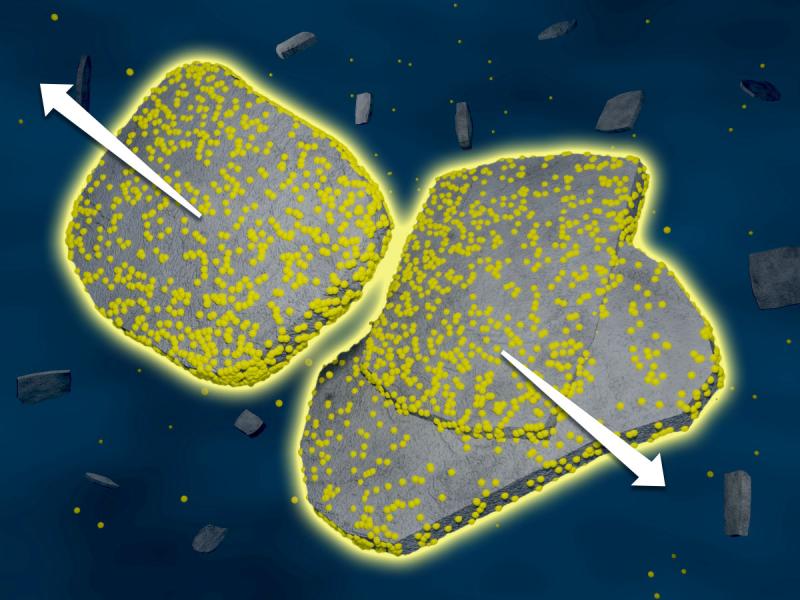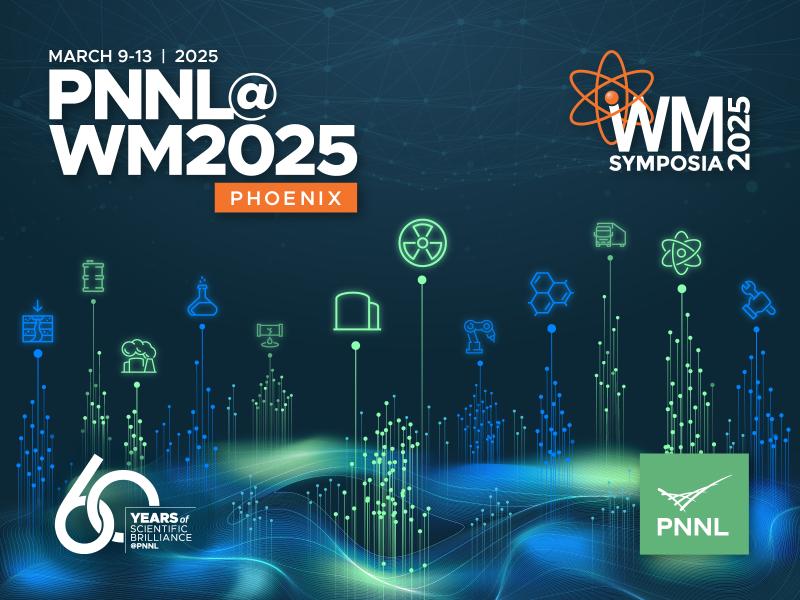Environmental
Management
Environmental
Management
Providing technical solutions
for nuclear waste processing
and environmental remediation
Providing technical solutions
for nuclear waste processing
and environmental remediation
The 560-acre Hanford site is a contiguous shrub-steppe ecosystem featuring the longest free-flowing stretch of the Columbia River. The Hanford Reach became the U.S. Fish and Wildlife Service’s first national monument in 2000.
Photo courtesy of the Washington State Department of Ecology
The Manhattan Project and subsequent Cold War brought about the most technically complex environmental challenge in the world: the Hanford site.
PNNL has helped to advance the Hanford environmental management mission since the 1960s. Our historical knowledge and continued stewardship of unique scientific and technical expertise are foundational to the cleanup of legacy waste. PNNL’s efforts are in support of the Department of Energy’s Office of Environmental Management (DOE-EM) mission, through multiple DOE offices and contractors.
Legacy waste is one of DOE’s most technologically challenging programs. Cleanup efforts cover over a million acres across 16 sites in 11 states and include 1.7 trillion gallons of contaminated groundwater, 90 million gallons of radioactive waste safely stored in 230 tanks, and an estimated 40 million cubic meters of contaminated soil and debris.
The laboratory helped develop the waste treatment processes at Hanford, Savannah River, and West Valley, and provided the technical foundations for remediation across the DOE-EM complex to protect human and environmental health.
PNNL is called on to solve these complex environmental challenges via scientific expertise, technical defensibility, systems integration (which supports tank waste processing), environmental remediation, and site stewardship. Our expertise in key areas–tank waste chemistry, fluid dynamics and scaling, waste forms, nature and extent of contamination, remedial systems engineering, safety bases, and decision support–provides a critical foundation that advances the DOE-EM mission.





